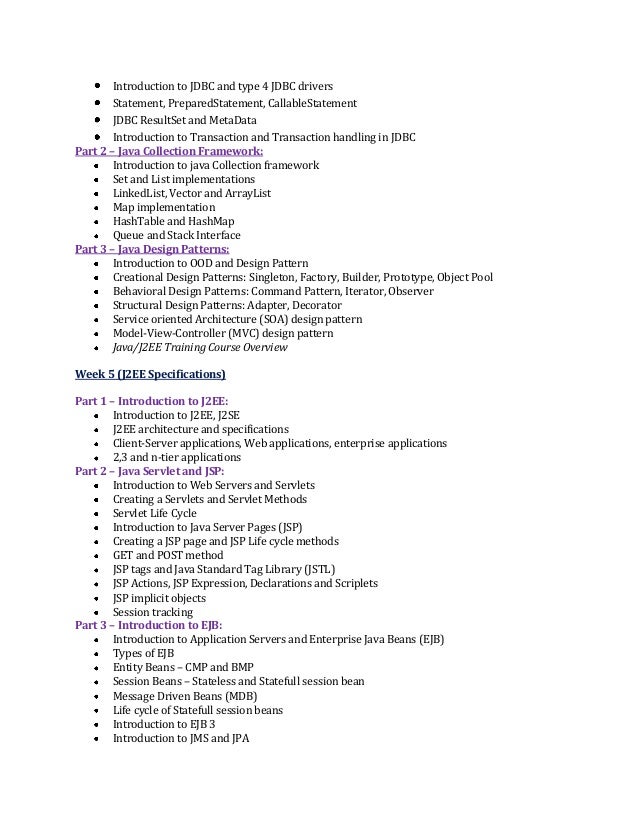What is Equi Join in SQL ? SQL EQUI JOIN performs a JOIN against equality or matching column(s) values of the associated tables. The most common join that uses the SQL WHERE clause filter is the equi-join. An equi-join is a basic join with a WHERE clause that contains a condition specifying that the value in one column in the first table must be equal to the value of a corresponding column in the second table. And create record set result that are combining columns value from the tables (two or more table). In this lesson, we’re going to learn about non-equi joins.
Before we learn about non-equi joins, let’s do a quick review on what an equi join is. The SQL NATURAL JOIN is a type of EQUI JOIN and is structured in such a way that, columns with the same name of associated tables will appear once only. Natural Join: Guidelines - The associated tables have one or more pairs of identically named columns.
The columns must be the same data type. Don’t use ON clause in a natural join. SQL join clause is used to to retrieve data from two or more database tables. In the previous article, I have explained the Different Types of SQL Joins.
In this article, I would explain the difference among inner join , equi join and natural join. An inner join is used to get the cross product between two tables, combining all records from both tables. SQL’deki temel join sorguları üzerinde durmuştuk. O yazılarda anlatılan join’in en çok kullanılan türü olan inner join’di. The main difference between Self Join and Equi Join is that In Self Join we join one table to itself rather than joining two tables.
Both Self Join and Equi Join are types of INNER Join in SQL , but there is the subtle difference between two. Any INNER Join with equal as join predicate is known as. This video Contains the equi join tutorials. The entire video is made in hindi language. Equis join is explained in simple language.

The join condition determines whether the join is an equi - join or a non equi - join. A query may contain equi -joins as well as non- equi -joins. SQL Inner Join Example : I have already written article on SQL joins with multiple examples. The majority of SQL joins are equi joins.
As we’ve said before, equi joins need an exact match between. An equi join is any JOIN operation that uses an equals sign and only an equals sign. Hence, when you make a query for join using equality operator, then that join query comes under Equi join. Oracle Tips by Laurent Schneider.
Equi join can be inner join , left outer join , right outer join. The following is an excerpt from the book. A join is used to select data from more than one table. SQL Join is used to fetch data from two or more table. This tutorial covers Joins in SQL , Inner Join , Cartesian Product or Cross Join , Outer Join , Left Join and Right Join and also Natural Join in SQL.
This is a one stop SQL JOIN tutorial. If you like GeeksforGeeks and would like to contribute, you can also write an article using contribute. See your article appearing on the GeeksforGeeks main page and help other Geeks. Natural join : A NATURAL JOIN is a join operation that creates an implicit join clause for you based on the common columns in the two tables being joined. Common columns are columns that have the same name in both tables.
If the join contains an equality operator e. The natural join is a special case of an equi - join. In the WHERE clause of an equi - join , a column from one source table is compared with a column of a second source table for equality. The two columns must be the same type and length and must have the same name. A SQL JOIN is performed whenever two or more tables are joined in a SQL statement. SQL JOINS are used to retrieve data from multiple tables.
A join that is using only equality comparisons is call Equi - Join. A join on the other hand that has at least one inequality comparison in the join condition is called Nonequi- Join. Find common use cases and limitations by reading on. NON - EQUI JOIN := First you have to know what is join : Join is one type of mechanism, it is used to combine one or more than one table at a time. Some times we may not get the complete information from a single table.
In this visual diagram, the SQL Server LEFT OUTER JOIN returns the shaded area: The SQL Server LEFT OUTER JOIN would return the all records from tableand only those records from tablethat intersect with table1.
Hiç yorum yok:
Yorum Gönder
Not: Yalnızca bu blogun üyesi yorum gönderebilir.